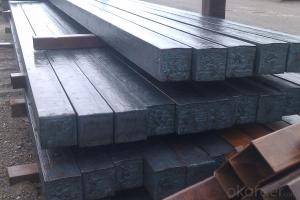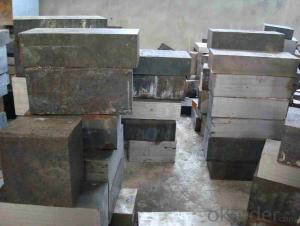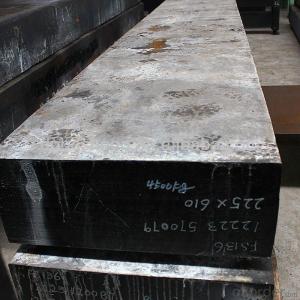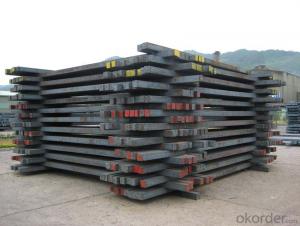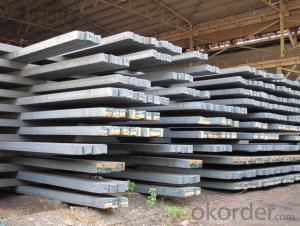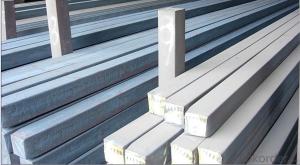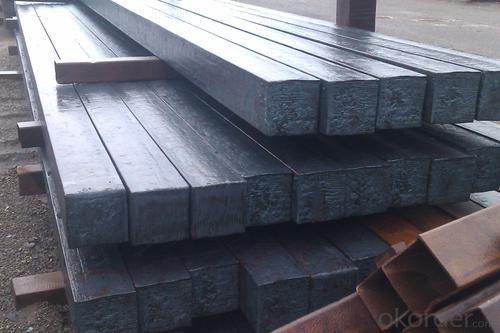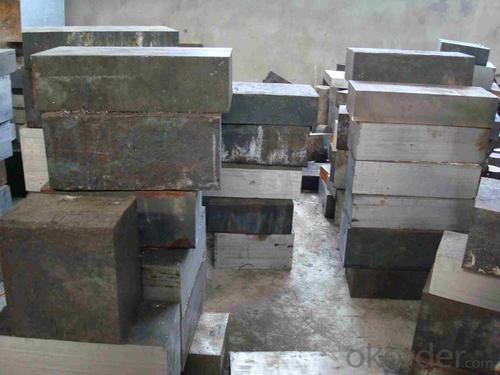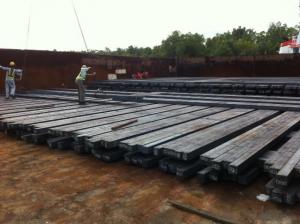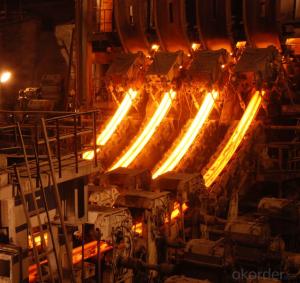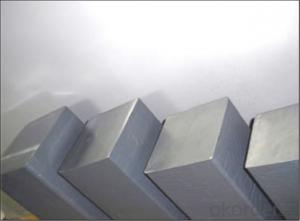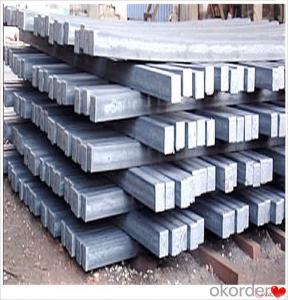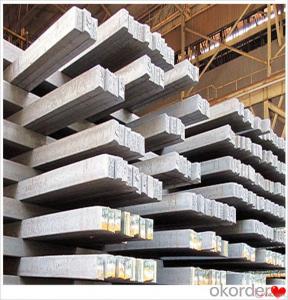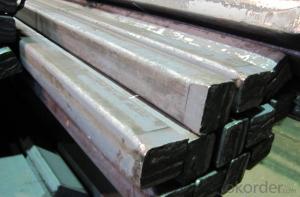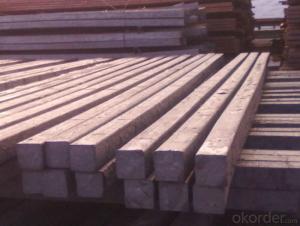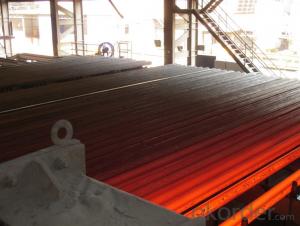Z31 BMP Rolled Steel Coil Construction Roofing Construction
- Loading Port:
- Tianjin
- Payment Terms:
- TT OR LC
- Min Order Qty:
- 100 m.t.
- Supply Capability:
- 10000 m.t./month
OKorder Service Pledge
OKorder Financial Service
You Might Also Like
Structure of Z31 BMP Rolled Steel Coil Construction Roofing Construction
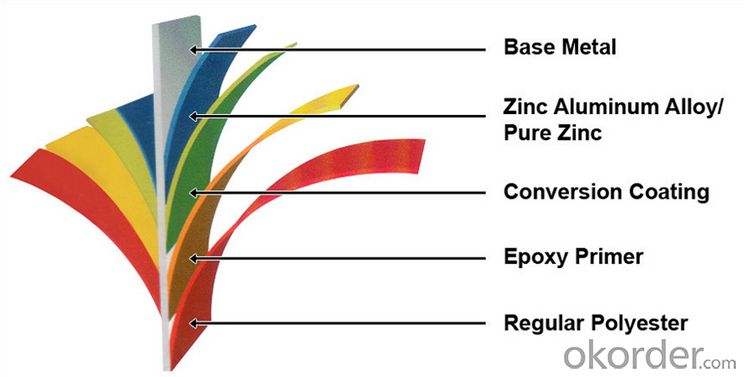
Description of Z31 BMP Rolled Steel Coil Construction Roofing Construction
PPGI is made by cold rolled steel sheet and galvanized steel sheets as baseplate, through the surface pretreatment (degreasing, cleaning, chemical conversion processing), coated by the method of continuous coatings (roller coating method),
and after roasting and cooling. Zinc coating: Z60, Z80, Z100, Z120, Z180, Z275, G30, G60, G90
Alu-zinc coating: AZ60, AZ80, AZ100, AZ120, AZ180, G30, G60, G90
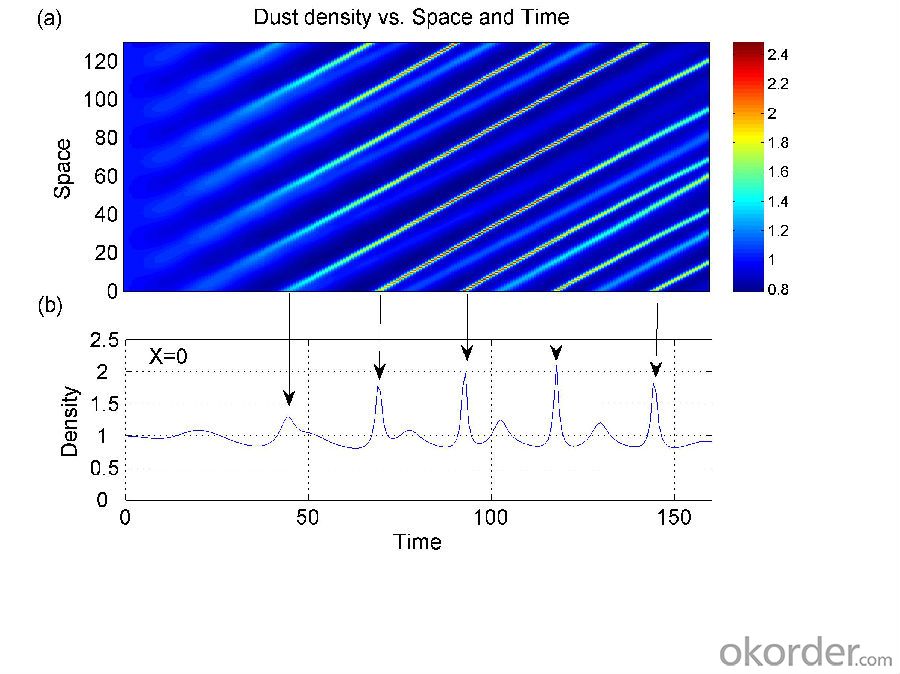
Main Feature of Z31 BMP Rolled Steel Coil Construction Roofing Construction
1) Excellent corrosion resistance: The zinc layer provides a good protection of Pre-painted Galvanizeed Steel Sheet.
2) High heat resistance: The reflective surface of the material aids in efficiently reflecting the sunlight away and in turn reducing the amount of heat transmitted. The thermal reflectivity converts into energy savings.
3) Aesthetics: Pre-Painted Galvanized steel sheet is available in plethora of patterns and multiple sizes as per the requirements that given by our customers.
4) Versatility: can be used in the various areas.Standard seaworthy export packing: 3 layers of packing, inside is kraft paper, water plastic film is in the middle and outside GI steel sheet to be covered by steel strips with lock, with inner coil sleeve.
Applications of Z31 BMP Rolled Steel Coil Construction Roofing Construction
1. Construction and building: roofing; ventilating duct; handrail; partition panel;etc.
2. Electric appliance: refrigerator; washing machine; refrigerator; DVD;etc.
3.Transportation: oil tank; road sign; etc.
4.Agriculture:barn; etc.
5.Others:vending machine; game machine; etc. 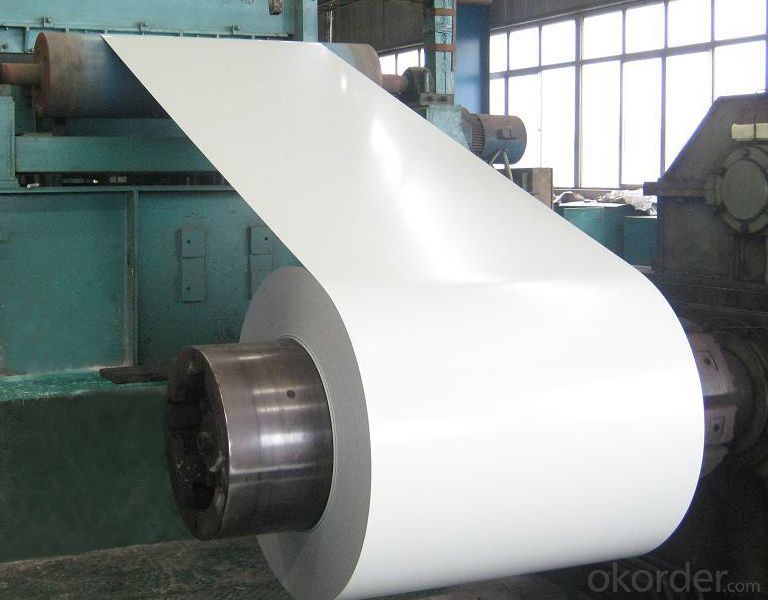
Specifications of Z31 BMP Rolled Steel Coil Construction Roofing Construction
| Classified symbol | Yield Point Minimum N/mm2 | Tensile Strength Minimum | Elongation Minimum % | Application | ||||
| N/mm2 | Nominal Thickness mm (t) | |||||||
| JIS | Yogic | 0.25-0.4 | 0.4-0.6 | 0.6-1.0 | 1.0-1.6 | |||
| G3312 | specification | |||||||
| CGCC | CGCC | -205 | -270 | -20 | -21 | -24 | -24 | Commercial |
| CGCD | CGCD | --- | 270 | --- | 27 | 31 | 32 | Drawing |
| --- | CG340 | 245 | 340 | 20 | 20 | 20 | 20 | Structural |
| CGC400 | CG400 | 295 | 400 | 16 | 17 | 18 | 18 | Structural |
| CGC440 | CG440 | 335 | 440 | 14 | 15 | 16 | 18 | Structural |
| CGC490 | CG490 | 365 | 490 | 12 | 13 | 14 | 16 | Structural |
| CGC570 | CG570 | 560 | 570 | --- | --- | --- | --- | Structural |
| ASTM Designation | Yield Point Minimum | Tensile Strength Minimum | Elongation Minimum % | Application | Q/BQB 445-2004(China standard) | ASM A653/A653M | JISG 3312 | |
| ksi(MPa) | ksi(MPa) | TDC51D+Z | (CS TYPE A+Z) | CGCC | ||||
| A653(M)-99 CS TYPE A,B,C | --- | --- | --- | Commercial | TDC52D+Z | CGCD | ||
| A653(M)-99 FS | --- | --- | --- | Lock Forming | TS250GD+Z | (G250+Z) | - | |
| A653(M)-99 DS | --- | --- | --- | Drawing | TS300GS+Z | (G300+Z) | CGC 400 | |
| A653(M)-99 SS Grade33(230) | 33(230) | 45(310) | 20 | Structural | TS350GD+Z | (G350+Z) | CGC490 | |
| A653(M)-99 SS Grade37(255) | 37(255) | 52(360) | 18 | Structural | TS550GD+Z | (G550+Z) | CGC570 | |
| A653(M)-99 SS Grade40(275) | 40(275) | 55(380) | 16 | Structural | ||||
| A653(M)-99 SS Grade50(345) | 50(345) | 65(450) | 12 | Structural | ||||
| A653(M)-99 SS Grade80(550) | 80(550) | 82(570) | --- | Structural | ||||
FAQ of Z31 BMP Rolled Steel Coil Construction Roofing Construction
We have organized several common questions for our clients,may help you sincerely:
1. How Can I Visit There?
Our company is located in Tianjin City, China, near Beijing. You can fly to Tianjin Airport Directly. All our clients, from home or aboard, are warmly welcome to visit us!
2. How Can I Get Some Sample?
We are honored to offer you sample.
3. Why choose CNBM?
1, ISO, BV, CE, SGS approved.
2, Competitive price and quality.
3, Efficient service team online for 24 hours.
4, Smooth production ability(50000tons/month) .
5, quick delivery and standard exporting package.
6, Flexible payment with T/T, L/C, Paypal, Kunlun bank, etc .
- Q: How are steel billets used in the manufacturing of automotive engine components?
- Steel billets are an essential raw material used in the manufacturing of automotive engine components. These billets are semi-finished steel products that are cast into specific shapes and sizes. They serve as the building blocks for various engine parts, such as crankshafts, connecting rods, camshafts, and cylinder blocks. Steel billets undergo a series of processes to transform them into engine components. The first step involves heating the billets to a high temperature, making them malleable and ready for forging or machining. Forging is a common method used to shape the billets into desired forms. It involves applying pressure and force to the heated billet to mold it into the required shape, such as the curved shape of a crankshaft. Once the billets have been forged into the desired shape, they undergo further machining processes to refine their dimensions and achieve the desired level of accuracy. This includes drilling, milling, turning, and grinding, which are performed using specialized machinery and tools. Machining ensures that the engine components meet the strict tolerances required for optimal performance and reliability. Steel billets are chosen for their exceptional strength, durability, and heat resistance properties. These characteristics are vital for engine components, as they are subjected to high pressures, temperatures, and loads during operation. Steel's high tensile strength and ability to withstand extreme conditions make it an ideal material for these critical parts. In summary, steel billets play a crucial role in the manufacturing of automotive engine components. Through forging and machining processes, they are transformed into highly precise and durable parts that contribute to the smooth and efficient operation of an engine. The use of steel billets ensures the overall quality and performance of automotive engines, making them an integral part of the manufacturing process.
- Q: How are steel billets inspected for internal defects?
- Various non-destructive testing (NDT) techniques are utilized to inspect steel billets for internal defects. Ultrasonic testing (UT) is a common method wherein high-frequency sound waves are employed to detect flaws within the billet. By sending ultrasonic waves into the billet and analyzing the reflected waves, any internal flaws can be identified. UT has the capability to detect defects such as cracks, voids, inclusions, and other irregularities. Another technique used is magnetic particle inspection (MPI), which is particularly effective for identifying surface and near-surface defects in ferromagnetic materials like steel. By applying a magnetic field to the billet and spreading iron particles over its surface, any defects will cause the particles to form visible indications, thereby providing a clear indication of internal flaws. Liquid penetrant testing (PT) is another widely employed method for inspecting steel billets. This process involves applying a liquid dye to the billet's surface and allowing it to penetrate any surface-breaking defects. After a designated time, excess dye is removed and a developer is applied. The developer draws out the penetrant from any defects, making them visible under suitable lighting conditions. Furthermore, radiographic testing (RT) can be utilized to detect internal defects in steel billets. This method utilizes X-rays or gamma rays to capture images of the billet's internal structure. As the radiation passes through the billet, a film or digital detector records the transmitted radiation. Any internal defects will appear as shadows on the image, facilitating their identification. In summary, a combination of these NDT techniques is often employed to ensure a comprehensive inspection of steel billets for internal defects. This aids in maintaining the quality and integrity of the billets, ensuring they meet the necessary specifications and standards.
- Q: How are steel billets used in the manufacturing of railway equipment?
- Steel billets are used in the manufacturing of railway equipment as they are heated and then shaped into various components such as rails, wheels, axles, and couplings. These billets serve as the raw material that undergoes further processing, including cutting, bending, and welding, to create the final products used in the construction and maintenance of railway systems.
- Q: What are the different methods of steel billet cutting and machining?
- There are several methods of cutting and machining steel billets, each with its own advantages and applications. Some of the most common methods include: 1. Sawing: This method involves using a saw blade to cut through the steel billet. It is a relatively simple and cost-effective method, suitable for cutting large quantities of billets into desired lengths. However, it may result in rough edges and require additional finishing processes. 2. Flame cutting: Also known as oxy-fuel cutting, this method uses a fuel gas combined with oxygen to create a high-temperature flame that melts and cuts through the steel billet. It is useful for cutting thick billets and can achieve a high level of precision. Flame cutting can be done manually or using automated machines. 3. Plasma cutting: This method employs a plasma torch to generate a high-velocity jet of ionized gas that melts and cuts through the steel billet. It is particularly effective for cutting through thick materials, as well as for intricate shapes and curves. Plasma cutting offers high cutting speeds and excellent precision. 4. Waterjet cutting: In this method, a high-pressure jet of water mixed with abrasive particles is used to cut through the steel billet. Waterjet cutting is versatile and can handle various materials, including steel, without generating heat-affected zones or causing distortion. It is ideal for cutting complex shapes and thin materials. 5. Laser cutting: Laser cutting involves using a high-powered laser beam to melt and vaporize the steel billet along a predefined path. This method offers exceptional precision and enables intricate and complex cuts. Laser cutting is commonly used for thin to medium thickness billets and is suitable for both small-scale and industrial applications. In addition to these cutting methods, there are various machining processes that can be applied to steel billets, such as milling, turning, drilling, and grinding. These processes involve removing material from the billet to achieve desired shapes, dimensions, and surface finishes. The choice of machining method depends on factors such as the complexity of the part, required tolerances, and production volume. Overall, the different methods of steel billet cutting and machining provide a range of options for manufacturers to effectively shape and process steel billets according to their specific requirements.
- Q: How are steel billets used in the production of oil and gas components?
- Due to their strength, durability, and ability to withstand extreme conditions, steel billets are indispensable in the production of oil and gas components. These billets serve as essential raw materials in various manufacturing processes for creating the equipment and parts required in the oil and gas industry. One notable application of steel billets in the oil and gas sector is their use in manufacturing pipes and casings. These billets are heated and then rolled or forged into seamless or welded pipes, which are utilized for transporting oil and gas from wells to refineries or distribution centers. The high strength of steel billets ensures that these pipes can endure the high pressure and corrosive nature of the substances being transported. Steel billets are also integral to the production of valves, flanges, and fittings, which are critical components in oil and gas infrastructure. These billets are machined or forged into various shapes and sizes to create these components, used for controlling the flow of oil and gas within pipelines or at different stages of the production process. The durability and resistance to corrosion of steel billets make them ideal for these applications, as they can endure the harsh conditions often encountered in oil and gas operations. Moreover, steel billets find utility in the production of drilling equipment such as drill bits, drill collars, and drill pipes. These billets are frequently treated with heat or alloying elements to enhance their strength and wear resistance. The resulting components can withstand the intense forces and abrasion experienced during drilling operations, ensuring efficient and reliable extraction of oil and gas reserves. In conclusion, steel billets play a crucial role in the oil and gas industry by providing the essential raw materials for manufacturing durable and high-performance components. Their strength, durability, and resistance to corrosion make them an ideal choice for the challenging conditions encountered in the production, transportation, and processing of oil and gas.
- Q: What are the different surface defects found in stainless steel billets?
- There are several different surface defects that can be found in stainless steel billets. Some of the common surface defects include: 1. Scale: Scale is a thin layer of oxide that forms on the surface of stainless steel during the heating process. It appears as a dark, rough layer and can be easily removed by pickling or passivation. 2. Pitting: Pitting is localized corrosion that appears as small, shallow pits on the surface of the billet. It is caused by chloride ions or other aggressive chemicals and can lead to reduced corrosion resistance. 3. Scratches: Scratches can occur during handling, transportation, or processing of the billet. They are visible as linear marks on the surface and can affect the appearance and integrity of the material. 4. Lamination: Lamination defects occur as thin layers or flakes parallel to the surface of the billet. They are caused by improper rolling or inadequate bonding during the manufacturing process. 5. Inclusions: Inclusions are non-metallic particles or impurities that are embedded in the stainless steel billet. They can affect the mechanical properties and corrosion resistance of the material. 6. Decarburization: Decarburization is the loss of carbon from the surface of the billet during heating. It appears as a light-colored layer and can negatively impact the material's strength and hardness. 7. Cracks: Cracks can occur due to thermal stresses, improper cooling, or mechanical damage. They can be either surface cracks or internal cracks, and can significantly weaken the billet. It is important to detect and address these surface defects to ensure the quality and performance of stainless steel billets in various applications.
- Q: What are the different types of cutting techniques used for steel billets?
- Different cutting techniques are employed for steel billets, depending on the specific requirements of the project. Several commonly used techniques include: 1. Sawing: This traditional and widely utilized method involves cutting through the steel billet using a saw blade. It can be done manually or with automated sawing machines, making it suitable for both small and large billets. 2. Flame Cutting: Also known as oxy-fuel cutting, this technique employs a flame torch to heat the steel to its kindling temperature. Then, a jet of oxygen is introduced to burn through the metal. It is frequently used for cutting thicker billets and can be performed manually or with CNC-controlled equipment. 3. Plasma Cutting: By utilizing a high-velocity jet of ionized gas, plasma cutting melts and blows away the steel. This technique is particularly effective for cutting billets with complex shapes or contours. It is often automated and produces clean and precise cuts. 4. Waterjet Cutting: This technique involves the use of a high-pressure jet of water combined with abrasive particles to cut through the steel billet. It is ideal for materials sensitive to heat, as it minimizes heat-affected zones. Waterjet cutting is capable of handling various thicknesses and shapes of billets. 5. Laser Cutting: Laser cutting employs a high-powered laser beam to melt and vaporize the steel, resulting in a clean and precise cut. It is highly accurate and suitable for cutting intricate shapes and designs. Laser cutting is commonly automated and widely used in industrial settings. Factors such as desired precision, speed, material thickness, and budget must be considered when selecting the most appropriate cutting technique for steel billets. Each technique has its own advantages and limitations, and choosing the right one can significantly impact the quality and efficiency of the cutting process.
- Q: What are the different types of steel billet surface treatment defects?
- Some common types of steel billet surface treatment defects include pitting, scaling, decarburization, scratches, and cracks.
- Q: What are the different surface treatments applied to steel billets?
- Depending on the desired outcome and application, steel billets can undergo several different surface treatments. Some common treatments include: 1. Shot Blasting: This method involves propelling small metal or mineral particles onto the steel billet surface at high speeds. Shot blasting effectively removes surface impurities like rust or scale, resulting in a clean and even surface. 2. Pickling: Pickling is a chemical treatment that submerges the steel billets in an acid solution, usually hydrochloric or sulfuric acid. This process eliminates oxide layers or scale from the billet surface, leaving it clean and smooth. 3. Phosphating: Phosphating is a chemical conversion coating process that involves immersing the steel billets in a solution containing phosphate salts. This treatment forms a thin, corrosion-resistant phosphate film on the surface. 4. Galvanizing: Galvanizing is a widely used surface treatment for steel billets, where a layer of zinc is applied. This process provides excellent corrosion protection and enhances durability. 5. Painting: Another common surface treatment is painting, where a layer of paint is applied to the steel billet surface. This not only enhances aesthetic appeal but also provides additional corrosion protection. 6. Electroplating: Electroplating involves depositing a thin layer of metal, such as chromium or nickel, onto the steel billet surface using an electrical current. This treatment improves appearance, corrosion resistance, and wear resistance. It is important to consider factors like intended use, environmental conditions, and cost when selecting a surface treatment for steel billets. Each treatment offers specific benefits, so choosing the most suitable option ensures optimal performance and longevity.
- Q: What is the difference between steel billets and steel bars?
- Steel billets and steel bars are both semi-finished products made from steel, but there are some key differences between them. Firstly, steel billets are typically larger in size compared to steel bars. Billets are usually square or rectangular in shape and have a cross-sectional area of around 36 to 216 square inches. They are often produced through a process called continuous casting, where molten steel is poured into molds and then cooled and solidified. Billets serve as the starting material for various steel products, including bars, rods, and wire. On the other hand, steel bars are smaller in size and have a more standardized shape. They can be round, square, hexagonal, or flat, depending on their intended use. Steel bars are usually produced through a process called hot rolling, where billets are heated and passed through a series of rolling mills to achieve the desired shape and dimensions. Bars are often used in construction, manufacturing, and other industries where strength and durability are required. Another difference between steel billets and steel bars lies in their surface finish. Steel billets usually have a rough, mill-scale surface due to the casting process. In contrast, steel bars have a smoother surface finish, which is achieved through hot rolling and subsequent finishing processes such as peeling, grinding, or polishing. Additionally, while steel billets are primarily used as raw material for further processing, steel bars are the final product that can be directly used in various applications. Steel bars are commonly used in construction projects, as reinforcement in concrete structures, in the production of machinery, tools, and automotive parts, and in many other industrial applications. In summary, the main differences between steel billets and steel bars lie in their size, shape, surface finish, and purpose. Billets are larger, rougher, and serve as the starting material for various steel products, while bars are smaller, have a smoother surface finish, and are the final product used in a wide range of applications.
Send your message to us
Z31 BMP Rolled Steel Coil Construction Roofing Construction
- Loading Port:
- Tianjin
- Payment Terms:
- TT OR LC
- Min Order Qty:
- 100 m.t.
- Supply Capability:
- 10000 m.t./month
OKorder Service Pledge
OKorder Financial Service
Similar products
Hot products
Hot Searches
Related keywords
